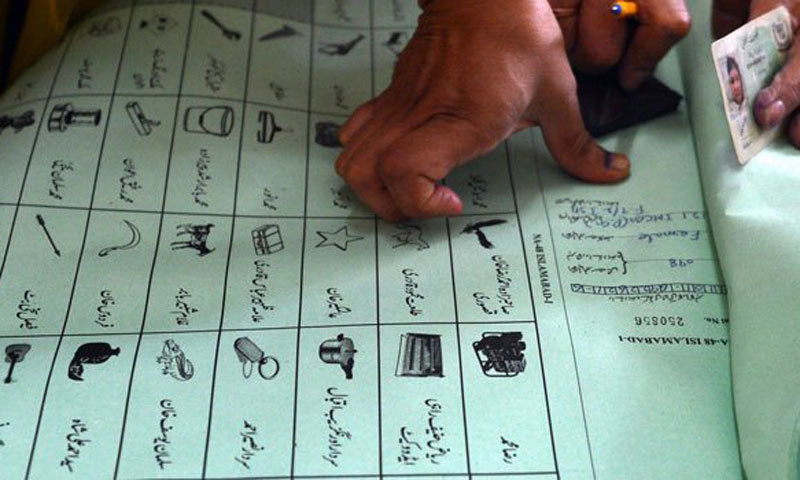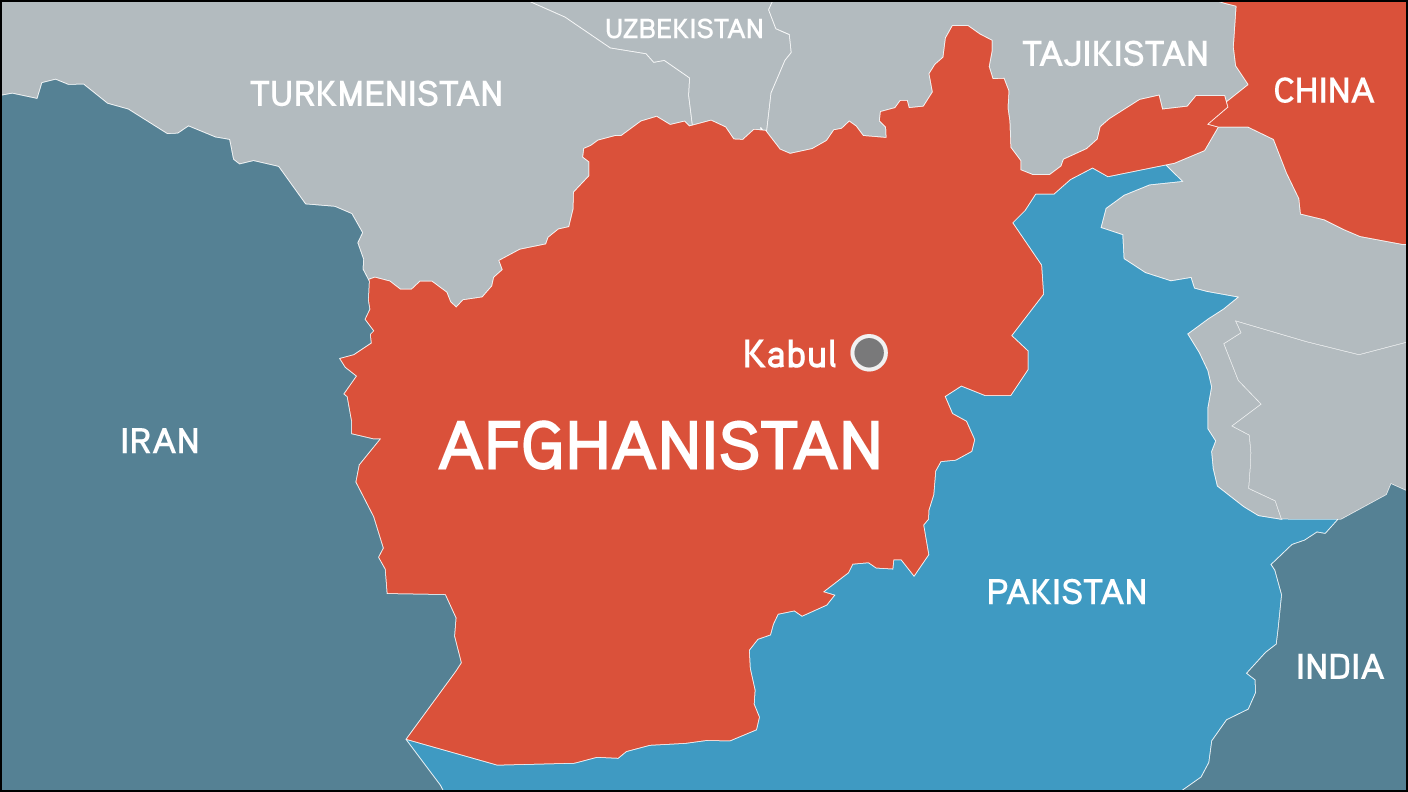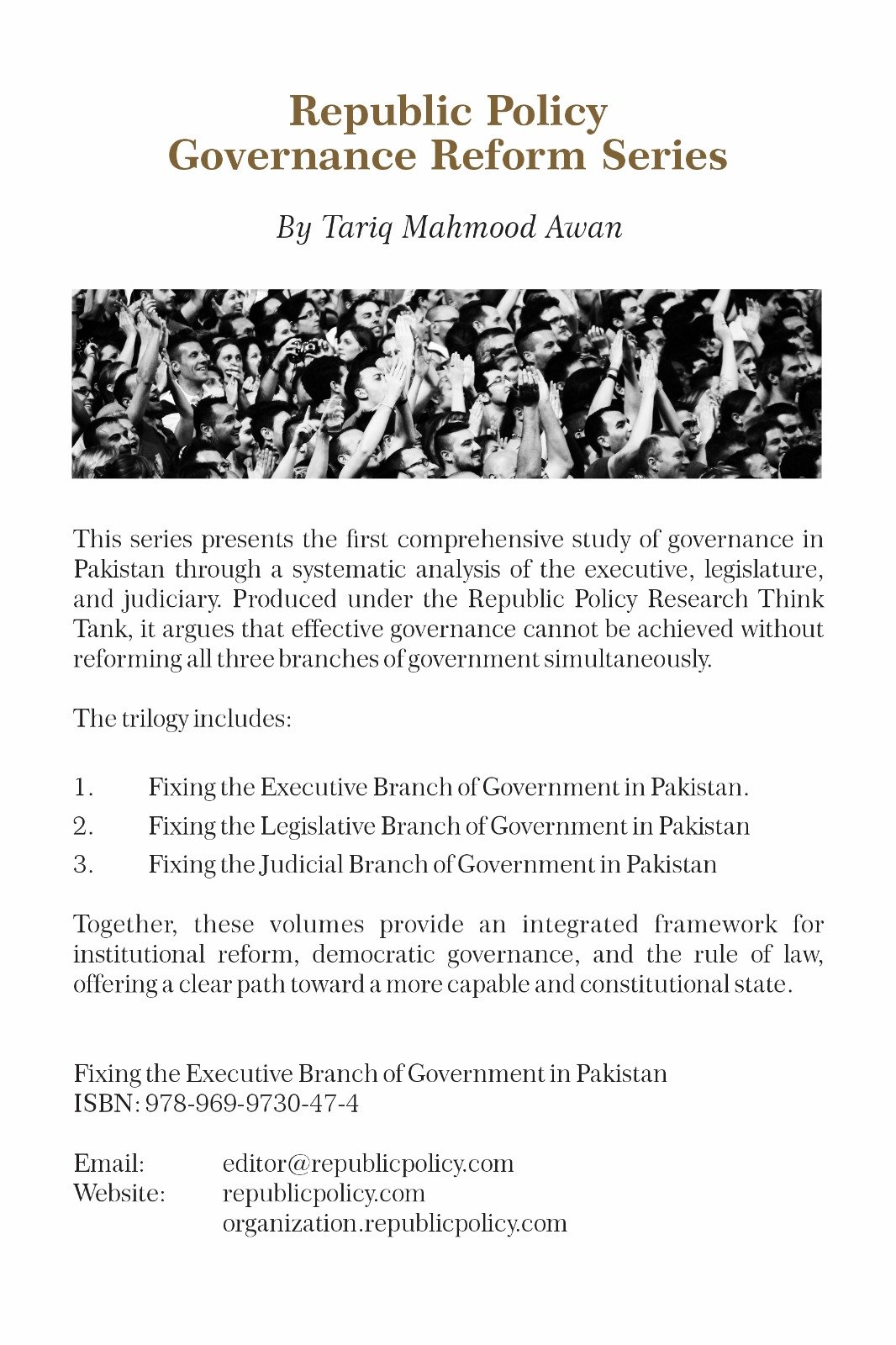By Muskan Butt
After attempting various ‘recovery strategies’ in a bid to rejuvenate the ailing national carrier, it appears that Pakistani decision-makers have come to a realization: repeating the same blunders is an exercise in futility. Acknowledging that the era of what many nostalgically remember as PIA’s ‘golden days’ is gone for good, the truth has emerged that the attempt to resurrect its past glory is futile. Those halcyon times are now distant memories; the airline exists today as a shadow of its former self, both as a business entity and a recognizable brand.
The colossal burden of liabilities and a debt tallying Rs742bn has outpaced the airline’s assets, which amount to a mere Rs110bn. Its flight operations have experienced significant contraction, and a slew of serious safety concerns have grounded it from accessing numerous international destinations. Even on home turf, the company faces unrelenting competition from newer, privately-owned airlines. Any endeavor to reform the company has been met with considerable resistance, both from its workforce and entities responsible for its ongoing financial hemorrhage.
In a recent move, the Cabinet Committee of Privatisation decided, alongside an amendment to the PIAC law by parliament, to incorporate PIA into the extensive roster of active privatization endeavors. This marks a departure from the prior law, introduced during the tenure of the PML-N in 2016, which forbade the government from divesting its controlling share in the airline to private investors or outsourcing its management.
The unveiling of PIA’s privatization blueprint coincided with Islamabad’s agreement to adhere to a stringent fiscal discipline plan laid out by the IMF, securing a temporary $3bn bailout package to prevent a national financial crisis. However, the pivotal query looms: can the government identify a suitor for a tarnished brand that has lost both its prestige and consumer appeal? Conversely, would an investor be willing to inject capital into an essentially dormant entity besieged by political and financial turmoil? The challenge ahead lies in rekindling faith in PIA’s prospects, either by rejuvenating its reputation or crafting an attractive proposition that navigates the treacherous waters of its current state.
Recent indications suggest that the authorities are fully aware of the potential hurdles that may impede the process of PIA’s sale. Consequently, they have formulated a contingency strategy that involves a two-pronged approach: first, restructuring the airline, and subsequently, entrusting its management to private investors. In line with this strategy, the authorities are contemplating the transfer of the airline’s burdensome liabilities to a freshly established holding company before embarking on the outsourcing of its management. Given that PIA’s cumulative losses are anticipated to surge to Rs850bn by year-end, it becomes imperative to unburden the airline from its liabilities prior to initiating negotiations with potential investors for its sale or a joint management venture.
In the midst of these developments, much akin to the preceding revival schemes crafted for the airline, the new strategy is poised to encounter staunch opposition from the employees and entrenched elements aiming to safeguard their financial stakes. While the government possesses the means to allay the concerns of the workforce through mechanisms such as creating a reserve of surplus employees or extending generous compensation to those facing potential layoffs, prevailing over the resistance emanating from entrenched vested interests demands unwavering political determination.
Unfortunately, apprehensions persist that the efficacy of the new strategy may parallel the fate of its predecessors, ultimately facing a similar demise. The resemblance between the current approach and its antecedents raises questions about its potential to yield different outcomes, casting a shadow of uncertainty on its feasibility and eventual success. As the authorities proceed with their efforts to steer PIA towards a more sustainable trajectory, a comprehensive evaluation of the proposed strategy’s distinctiveness and its ability to navigate the labyrinth of challenges is indispensable. The road ahead calls for a robust blend of pragmatic vision, innovative methodologies, and a resolute commitment to realizing the ambitious goal of PIA’s transformation.
In conclusion, the future of Pakistan International Airlines (PIA) stands at a crossroads, demanding a strategic approach that not only addresses its substantial liabilities but also reinvigorates its reputation and operational viability. As the authorities tread the path of potential privatization, they must navigate through the intricate landscape of challenges, both internal and external, that have thwarted previous revival attempts. The envisioned restructuring and subsequent management outsourcing plan represents a significant step forward, but its success hinges on political will, employee cooperation, and investor confidence. It is a formidable undertaking that necessitates a delicate balance between safeguarding the interests of the workforce and securing the airline’s sustainability.















